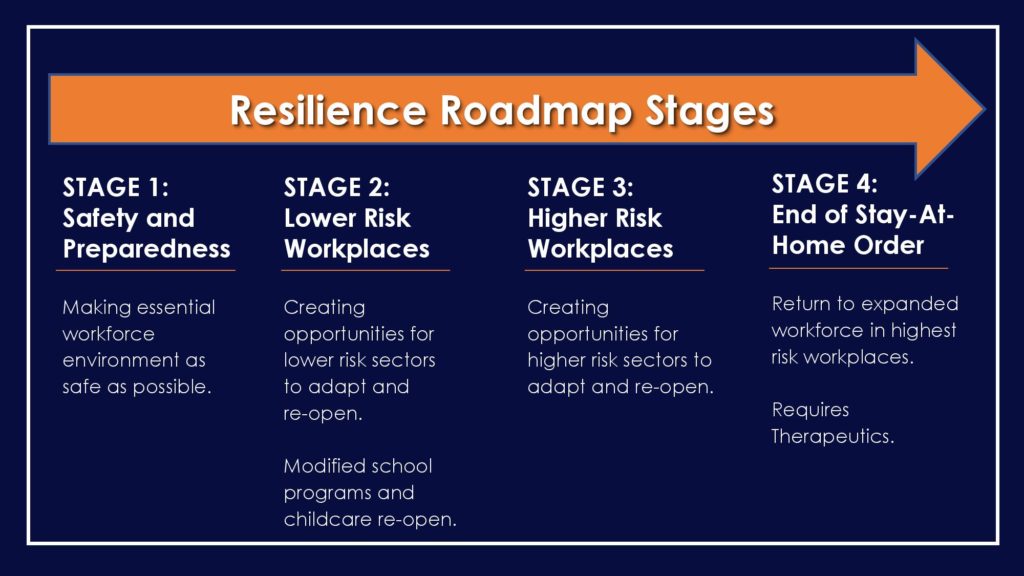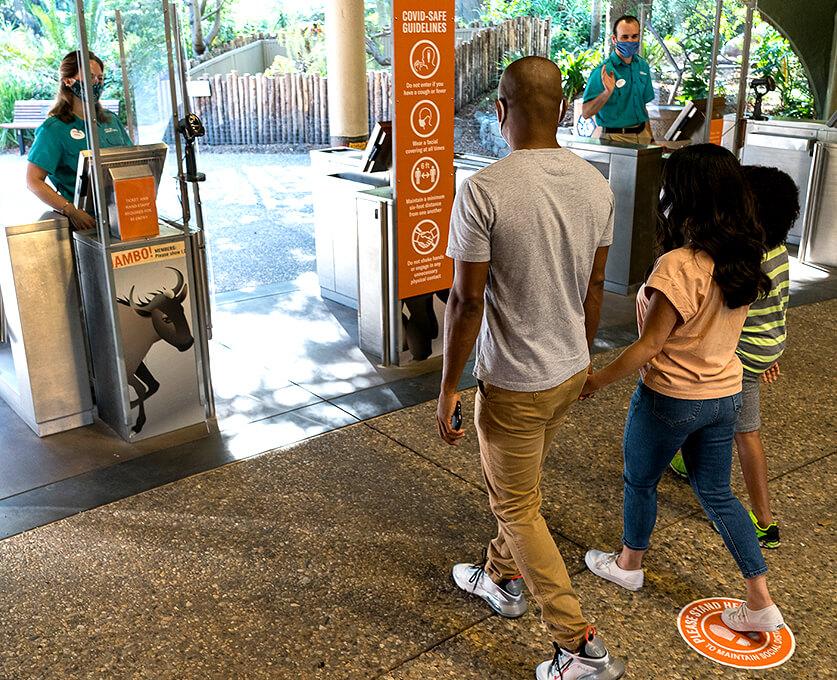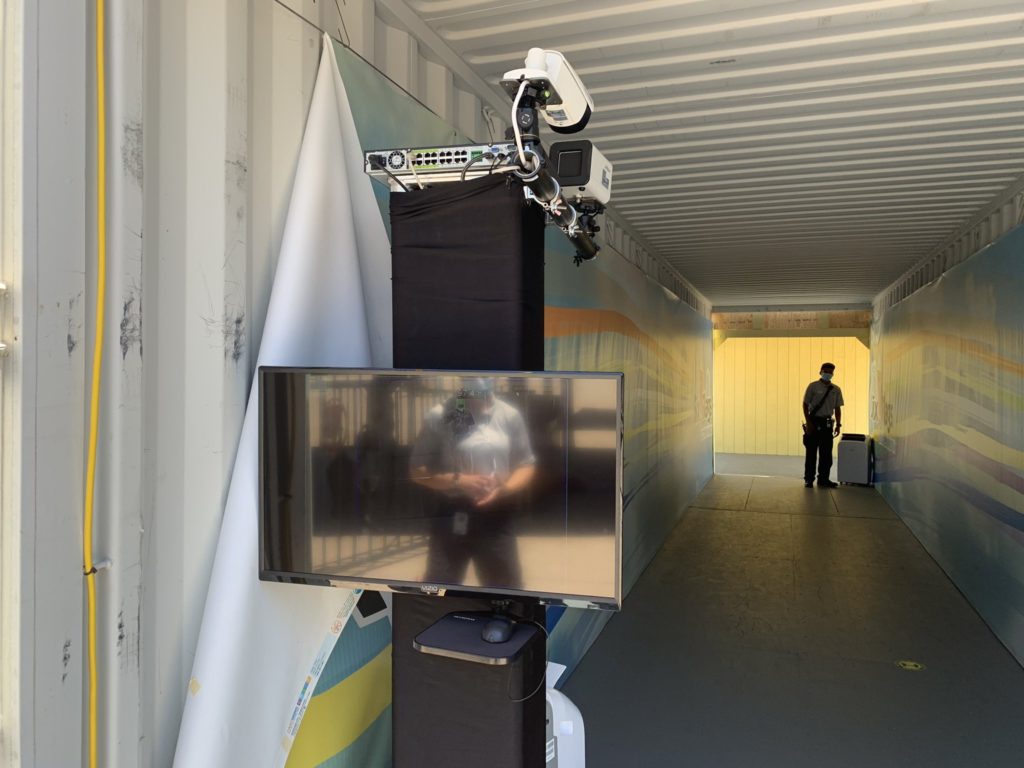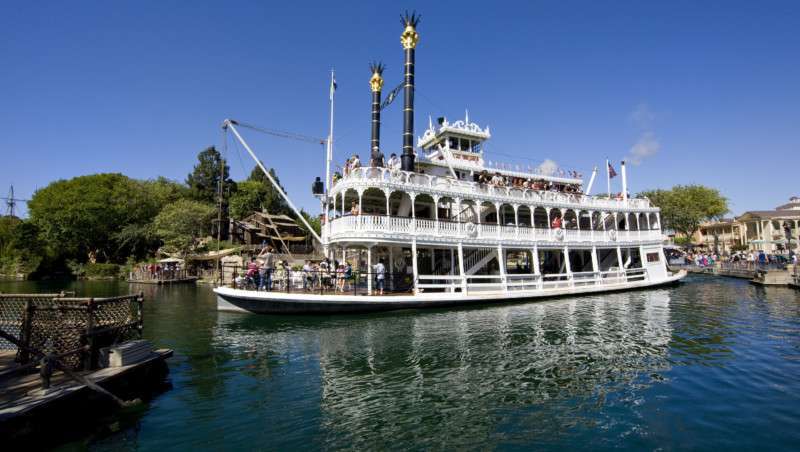By Joe Kleiman, InPark News Editor
July 17 will mark Disneyland’s 65th anniversary. While the four Walt Disney World theme parks in Orlando, Florida will be open that day, the two in Anaheim, California will not. While the U.S. Centers for Disease Control (CDC) has implemented national guidelines for waterparks and traveling amusement parks and carnivals, such guidance does not exist for permanent theme parks, leading to differing guidance in each state.
Disneyland and Disney California Adventure, along with California’s other theme parks, fall under Stage 3 of a four-stage plan to reopen businesses in the state, a plan that has been rolled back in most counties due to spikes in COVID-19 cases. The delay continues to impact our industry. But the state of California has taken a cautious approach, noting that “….even with adherence to physical distancing, convening in a setting bringing multiple different households to engage in the same activity carries a relatively higher risk for widespread transmission of the COVID-19 virus.”
On the industry side, there’s a certain amount of frustration as operators see the profitable Summer season slipping away. An executive within the industry told us on background: “The parks were prepared to take the measures necessary to reopen in May with a safe environment for both guests and employees. At this point, we’re just waiting for the green light from the state and the guidance from CDPH and Cal/OSHA. Until then, we can’t do a thing.”
We further explored California’s approach and spoke with officials at multiple state agencies.
Stuck between phases
California’s strategy for reopening the state is being implemented by the California Department of Public Health (CDPH) in cooperation with the Department of Industrial Relations’ Division of Occupational Health and Safety, also known as Cal/OSHA.

The four stages of reopening reflect state policy on public health needs and protecting employees. The first stage allowed essential businesses, such as hospitals and grocery stores to remain open. During the second stage, retail and services, along with those entertainment and cultural venues that cater to smaller regional crowds, opened with COVID-19 preventative measures in place. Stage 3 involves higher occupancy venues to which individuals would travel from other counties, states, and countries to visit – including theme parks. In the fourth and final stage, all restrictions are lifted.
Much of how California applies the strategy is driven by public behavior and the corresponding rise or fall of COVID-19 cases. Certain Stage 2 businesses – namely cinemas, family entertainment centers, zoos, aquariums, museums, and card rooms – have been ordered by the state to cease operation of indoor facilities. Indoor dining and bars, in any capacity, are also prohibited statewide. Before advancing further, counties must show full compliance with these operations, along with a stabilization of COVID-19 case and hospitalization numbers. This pushes theme park openings back to August at the earliest.
CDPH on California’s reopening strategy
Stage 2 is being phased in gradually, with some counties able to proceed at a faster pace than others based on public health matrices. The California Department of Public Health (CDPH) tells InPark: “The state as a whole is in Stage 2 under the statewide Stay-at-Home Order. For the time being, Stage 3 activities for which public health guidance has been released are only allowed in counties that shared data showing stable rates of transmission and hospitalization rates, and have created a preparedness plan in the event cases increase.”

As of this writing, Stage 2 guidance for museums, zoos, aquariums, and FECs have been released, but the state has yet to release official guidance for theme parks. CDPH continues: “Both the Museums, Galleries, Zoos, and Aquariums guidance and family entertainment centers guidance note they are not intended for amusement, theme or water parks. Theme parks are slated to open in Stage 3, but no timeline has been set for all Stage 3 activities.”
Creative alternatives
Two of California’s theme parks can operate as zoos – SeaWorld San Diego and Six Flags Discovery Kingdom. In fact, Six Flags reopened over the July 4th weekend as the Marine World Experience, a trip back in time to when the park existed as a zoo and oceanarium without rides. According to Six Flags spokesperson Lee Munro, in addition to a daily attendance cap and reserved time entry to the park, Discovery Kingdom took into consideration traffic flow in scheduling its shows and added curator talks at animal exhibits in order to encourage guest movement throughout the park. “A few of our exhibits,” he says, “such as our bobcat exhibit, were closed off, because the pathway leads to a dead end at the exhibit and could have created a bottleneck. We also closed our shark exhibit because of the new ordinance on indoor exhibits, but other than that, all exhibits are open and everything’s being consistently sanitized.”

CDPH confirmed for us that theme parks can reopen portions of their properties for retail and dining experiences, as long as they meet the guidance for shopping centers and do not charge admission. Three California parks – Universal, Disneyland, and Knott’s – all have separate dining and retail districts attached to the parks. Those districts are now having to contend with the loss of indoor dining under the new state restrictions.
Asia provides a model
California’s strategy is similar to what took place in March and April in China and Japan. Both countries saw theme park reopenings, followed by reclosures, and in some instances modifications to attendance caps and allowed activities. In both China and Japan, high-attendance venues were the last to open – including concert and spectator sports venues, convention halls, and destination theme parks – the two Chimelong resorts, Shanghai Haichang Ocean World, Shanghai Disney Resort, Tokyo Disney Resort, and Universal Studios Japan. As of this writing, Hong Kong Disneyland and Ocean Park are scheduled to reclose on July 15th due to a spike in cases in Hong Kong. These types of venues also make up Stage 3 of California’s plan.
The public health concern
There are prior cases of viral transmission within theme parks that have been well documented. In one of the most recent cases, the US Centers for Disease Control and CDPH in 2015 traced 147 cases of the measles in eight states and two foreign countries to a single source – an unvaccinated adult guest from overseas – over a four-day period in December 2014 at the Disneyland Resort in Anaheim. Those infected at the parks then went home and spread the virus to a secondary tier of individuals. Those who contracted the virus had not been vaccinated. Measles symptoms share some similarities to those of COVID-19 and had there been temperature checks at the park in 2014, patient zero might never have been allowed through the gates. However, such precautions were not deemed necessary as the measles had been declared eliminated on US soil in 2000.

While in 2014, measles was thought to have been fully eliminated in the US, in 2020, COVID is in full swing and the parks have been working with industry and public health experts on creating a safe environment. The parks’ plans involve a partnership between the parks, their employees, and their guests. All need to comply with their roles for the system to work. Six Flags Discovery Kingdom, which is following state and county guidance for zoos as it operates as the Marine World Experience, utilizes a three-stage checkpoint system before guests can even enter the park. In the first stage, guests walk down a corridor where thermal scanners check their temperature. Only if they pass this checkpoint can they move onto having their reservation scanned and finally, at a third checkpoint, their ticket. During the entire process, guests and employees all wear masks and social distance.
Employee health is just as important to the state as visitors. Paola Laverde, a Public Information Officer with the Department of Industrial Relations, which oversees the Division of Occupational Health and Safety (Cal/OSHA), tells InPark: “Employers operating in California must take steps to protect their employees from COVID-19 because it is widespread and currently a workplace hazard. Cal/OSHA has produced guidance to help employers take steps to ensure their workers are being protected.”
Salvaging the season
The longer reopening is delayed, the harder the financial impact on a park. Smaller and family owned parks that earn a majority of their revenue during the Summer will be impacted hardest. Many of California’s waterparks are announcing they will not open for the 2020 season, while reports are coming in from other parts of the country where owners of are considering selling or redeveloping their land. For the larger parks, the school year begins in August and September, reducing the number of days available for family visits. Additionally, there is a lack of domestic and international tourism to the state.
Ultimately, it will be up to the citizens of each county in terms of compliance with precautions such as social distancing and mask wearing. The more COVID-19 numbers spike, the farther back Stage 3 moves. Because the situation is continuously in flux, there remains no definite answer as to when the parks may reopen. We trust that as the season progresses, around the world model examples will emerge to set the standard for successfully and safely reopening entertainment venues to take our industry toward recovery.






